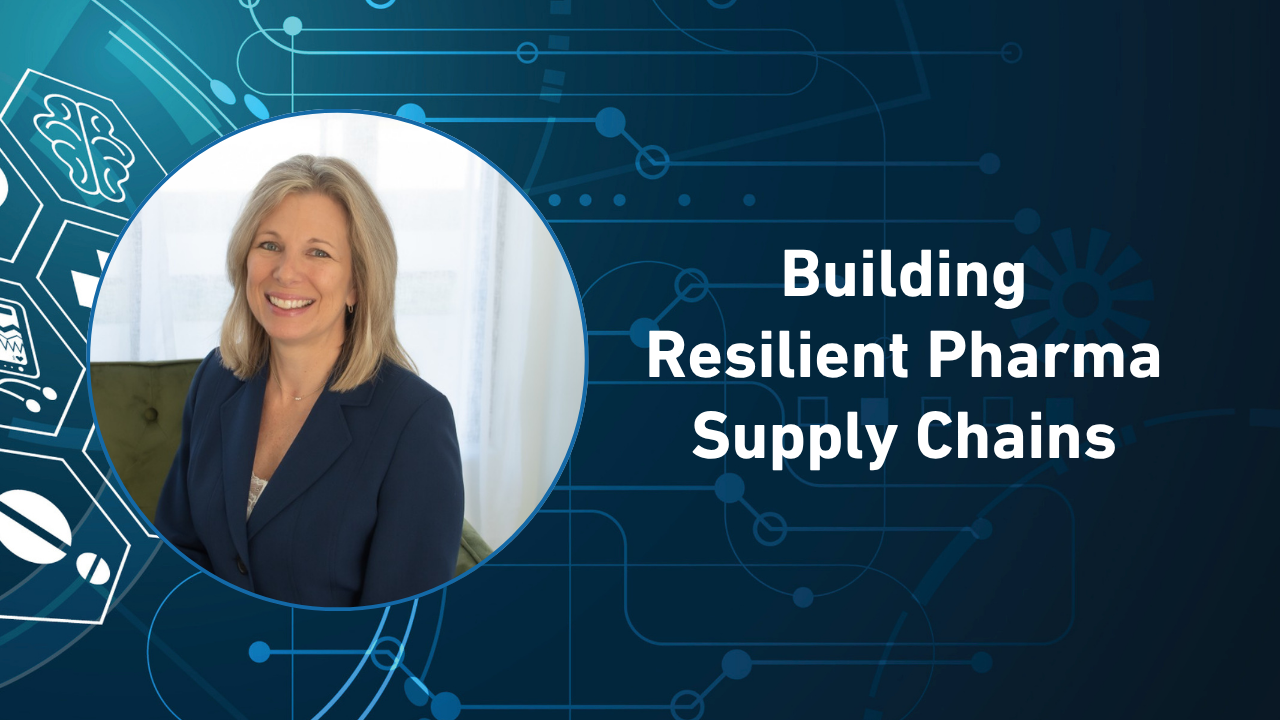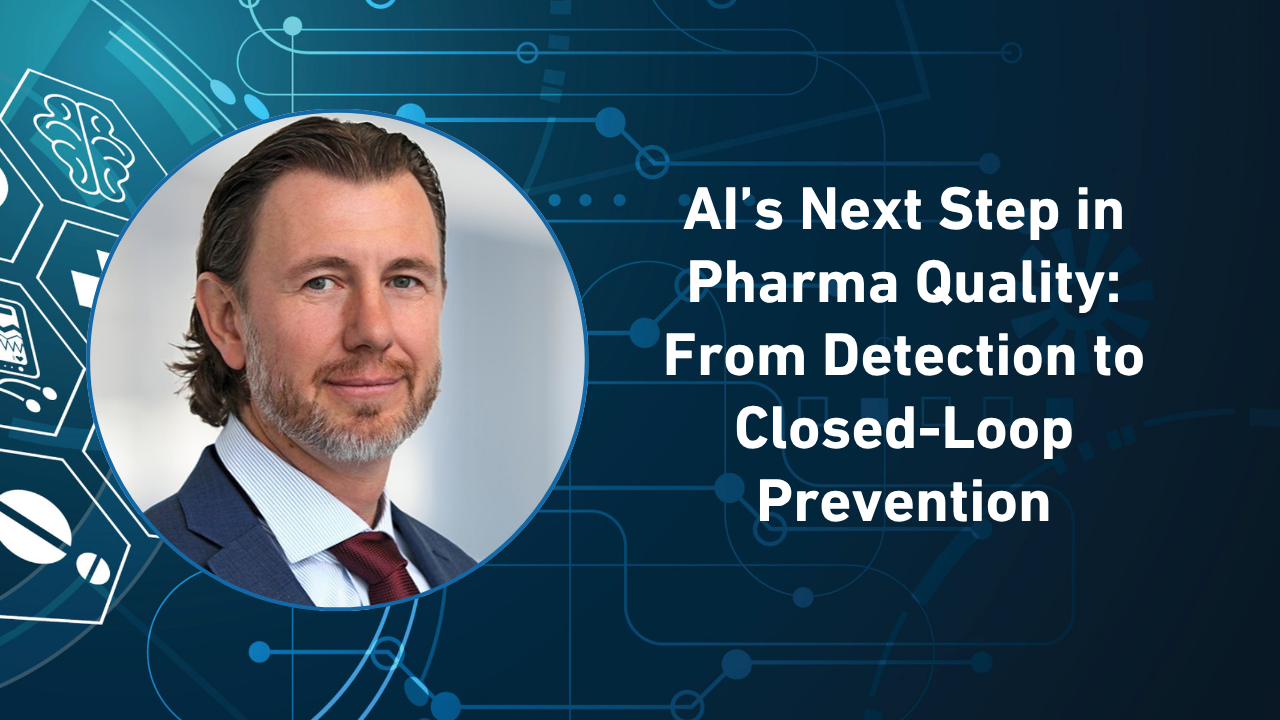In a keynote fireside panel on “The Future of Supply Chain in the Era of Advanced and Specialty Therapies,” industry leaders underscored the growing importance of collaboration across the entire healthcare ecosystem. The discussion, highlighted by insights from McAsey alongside other panelists, explored how new demands in the supply chain are reshaping the delivery of advanced therapies to patients.
The most critical theme was collaboration across all nodes of the supply chain. Unlike traditional models, where stakeholders often operated independently, today’s environment requires a highly integrated approach spanning manufacturers, distributors, providers, and ultimately, patients. This collaborative framework ensures that therapies not only move efficiently through the system but also maintain integrity and accessibility at every step.
Technology emerged as a central enabler of this collaboration. Advanced tools are helping companies improve visibility, track therapies in real time, and strengthen communication across the supply chain. By integrating digital platforms, stakeholders can reduce risks, address disruptions quickly, and provide a stronger assurance of patient outcomes.
Another key theme was the intentional use of physical assets. As therapies become increasingly specialized, supply chains must adapt with precise logistics tailored to these high-value, sensitive products. From controlled storage environments to optimized transportation networks, precision in handling is now a necessity rather than an option.
Finally, partnerships beyond the core manufacturer-distributor-provider triad are proving indispensable. Logistics providers, transit partners, and visibility technology vendors all play a vital role in ensuring therapies are delivered safely and reliably.
Taken together, the panel illustrated that in the era of advanced and specialty therapies, no single entity can deliver care alone. The future of patient-centered supply chains lies in shared responsibility, cross-sector collaboration, and leveraging both technology and physical infrastructure to achieve better outcomes.
McAsey also comments on how advanced therapies are challenging traditional supply chain models; the value of end-to-end visibility, real-time data, and collaboration in reducing disruption and ensuring continuity of care; trends she’s noticed at this year’s LogiPharma USA; and much more.
A transcript of her conversation with PC can be found below.
PC: Could you describe the value of end-to-end visibility, real-time data, and collaboration in reducing disruption and ensuring continuity of care? Also, what trends have you noticed at this year’s LogiPharma USA?
McAsey: As you think about end-to-end supply chain visibility and the reducing disruptions, I think it’s about timing. If a provider understands that something might be late through visibility, through a text alert, through an alert on an ordering portal, they can then better prepare the patient. At the end of the day, it’s the patient experience that’s really important in the patient cure, or mitigation of whatever they might be dealing with.
That visibility from shipping point to provider or to pharmacy is critically important, but it’s the same further upstream of a distributor understanding when a product is going to hit the dock, so that we can prioritize receipt if it’s a product that’s in short supply or there’s an emergency order for, so those components of visibility and timing are really important.
And then product efficacy—if we’re shipping refrigerated products and the monitors that are inside those boxes and containers, at least we know throughout the journey of that product whether an excursion has occurred, and therefore then a drug doesn’t get administered to a patient that isn’t of the utmost quality.
PC: Also, what trends have you noticed at this year’s LogiPharma USA?
There’s a ton of digital, ton of technology, ton of AI ,and a ton of cold chain solutions. I’m kind of looking at all three of them. The questions that these have kind of led to is how to create more efficiency, more visibility, and more efficacy of the drugs that are moving through the pipeline, and how, as a distributor, are we best positioned in making the investments with the right partners to ensure that that happens.










